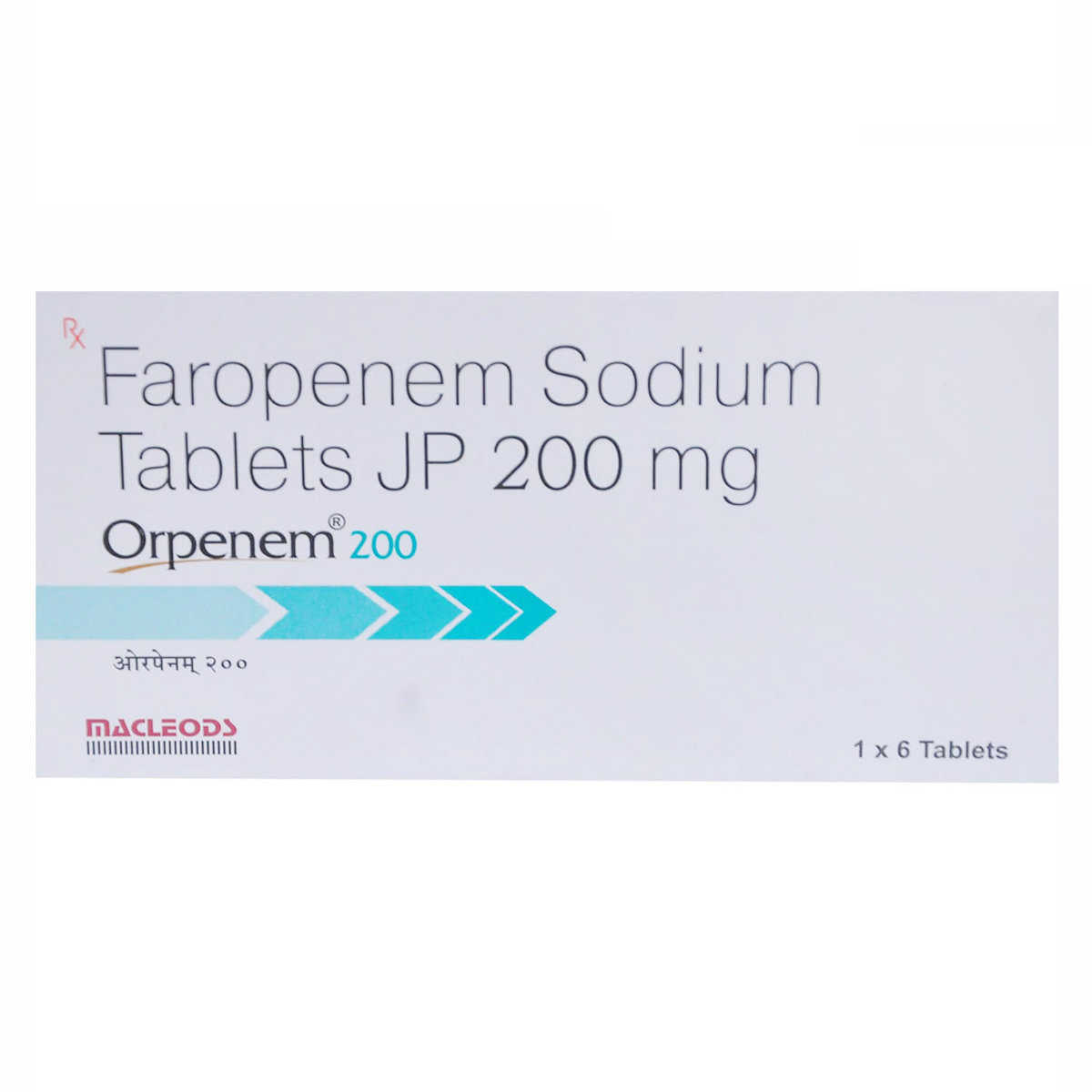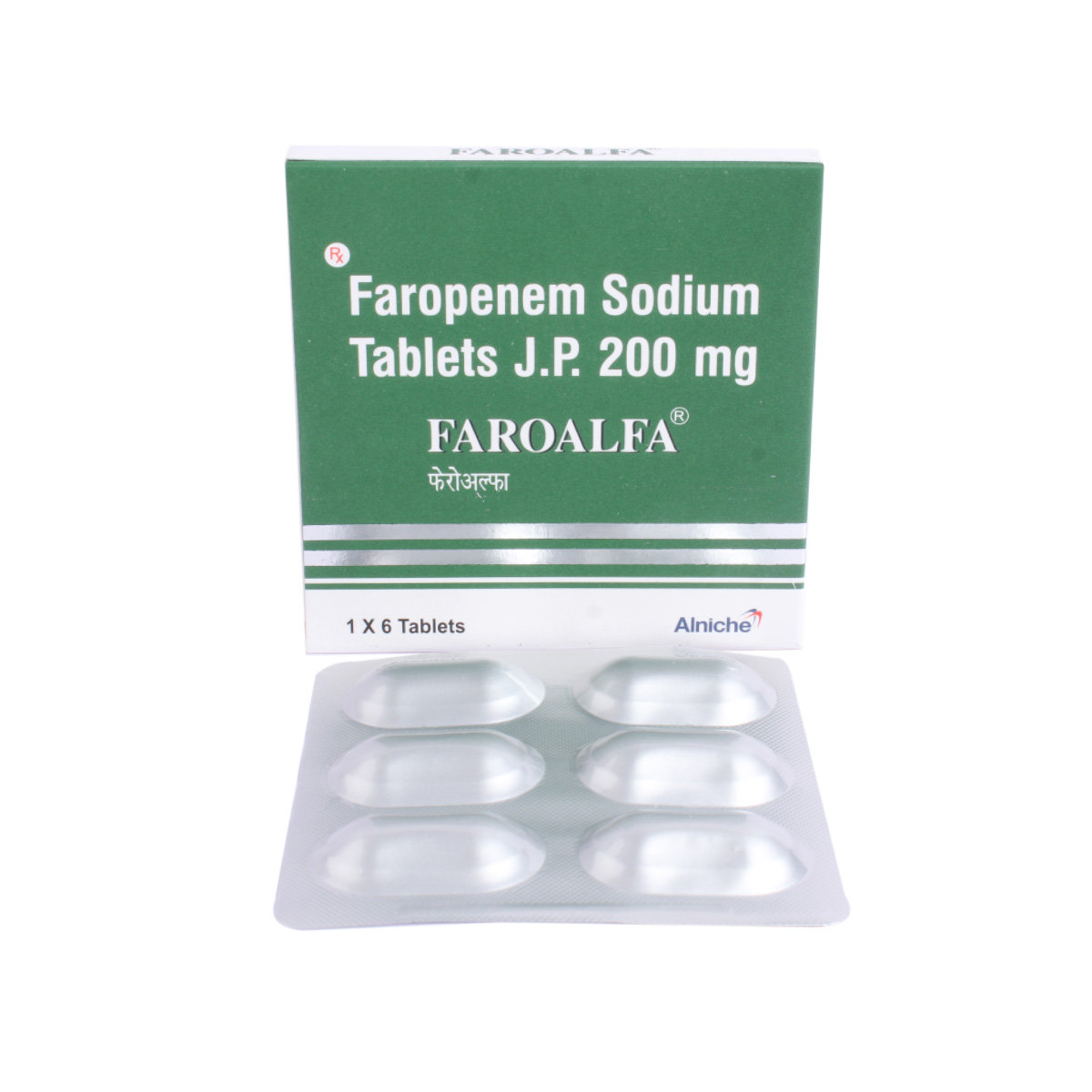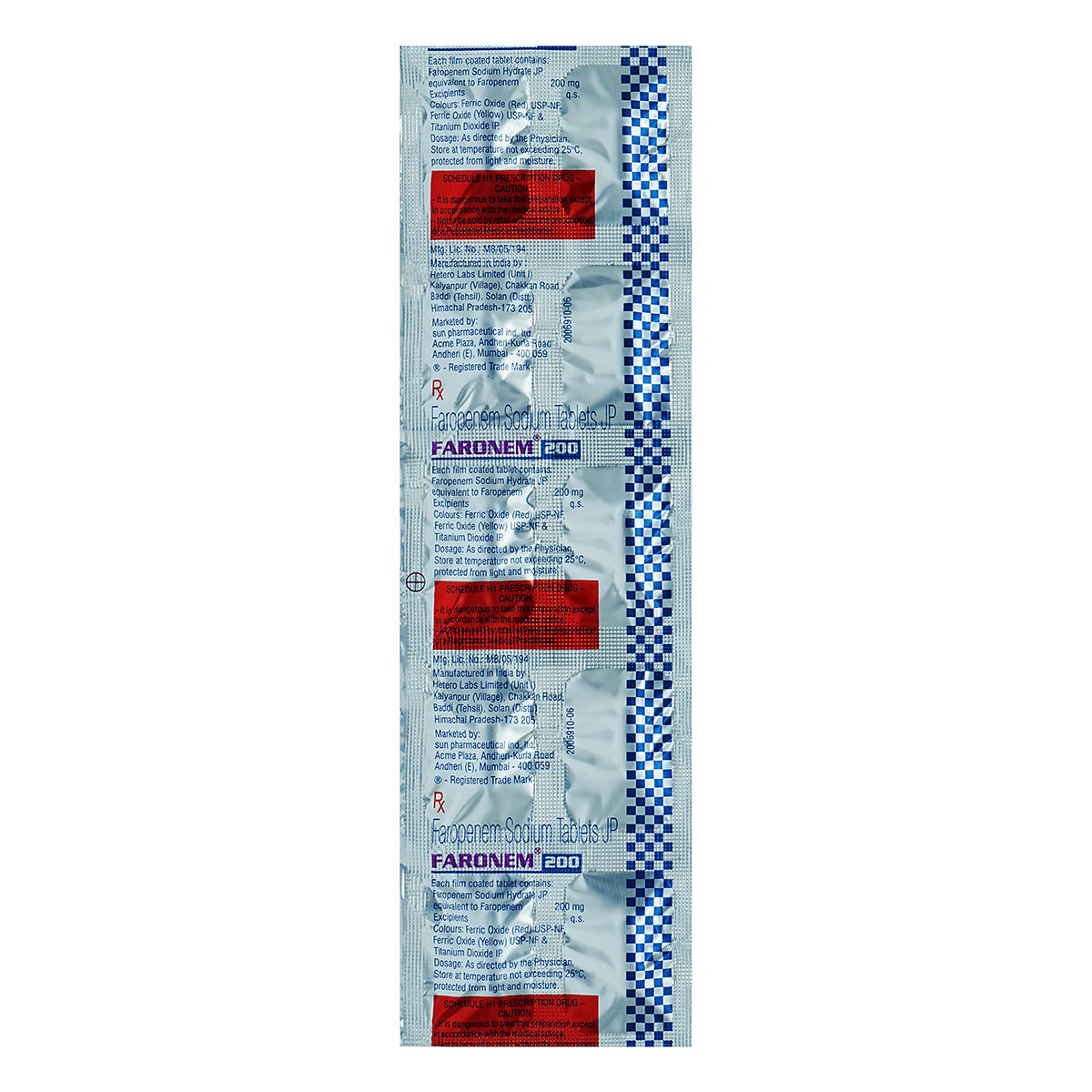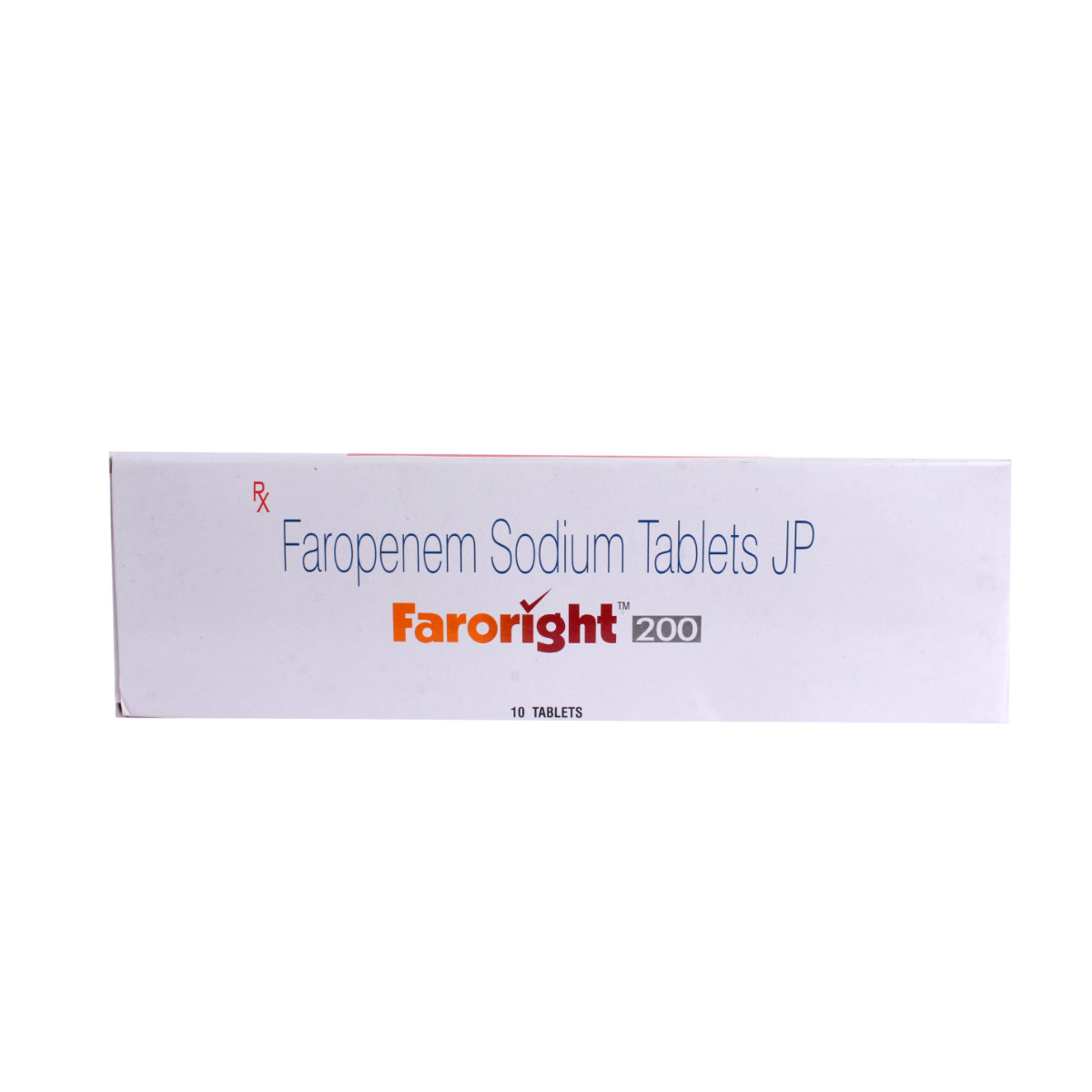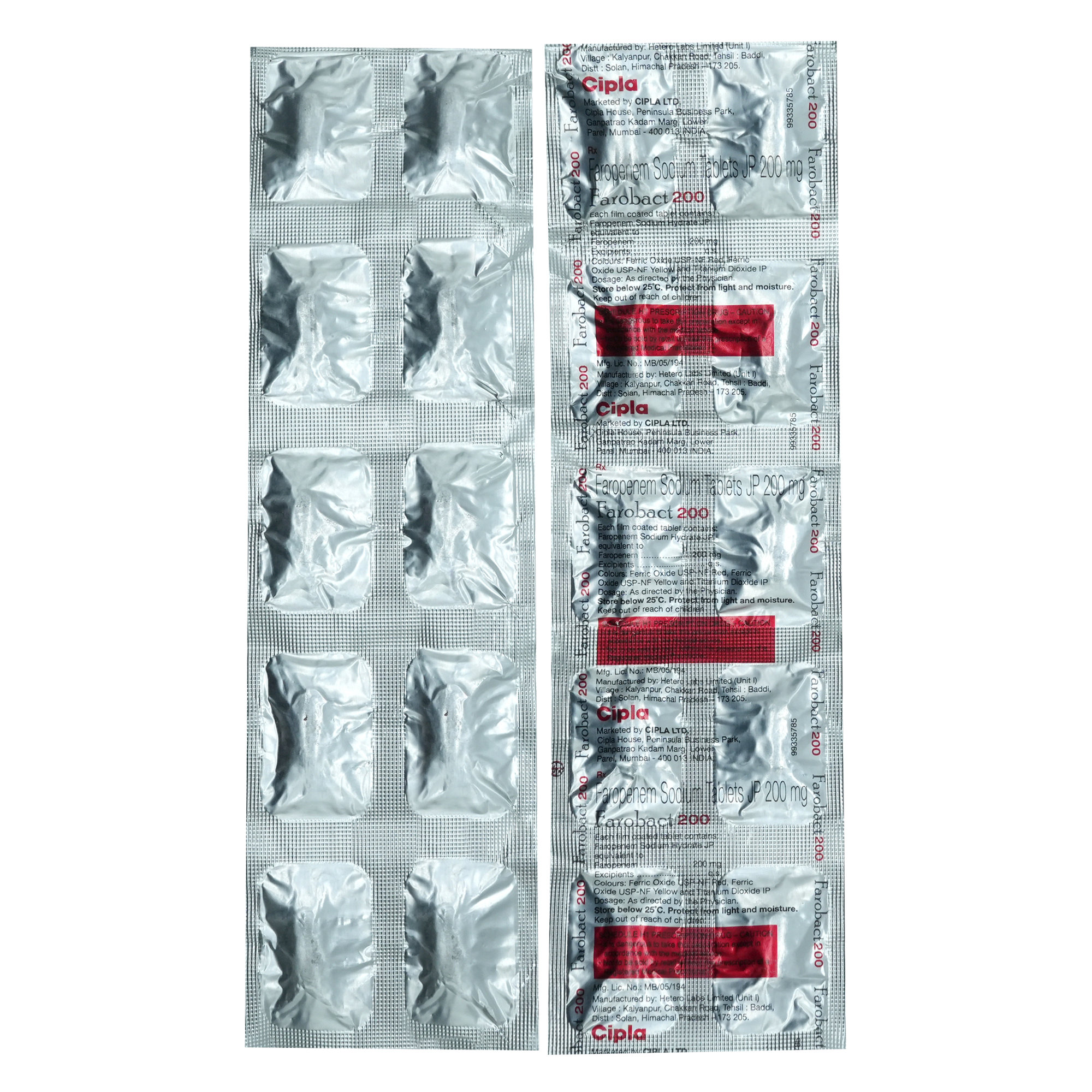Faronac Tablet
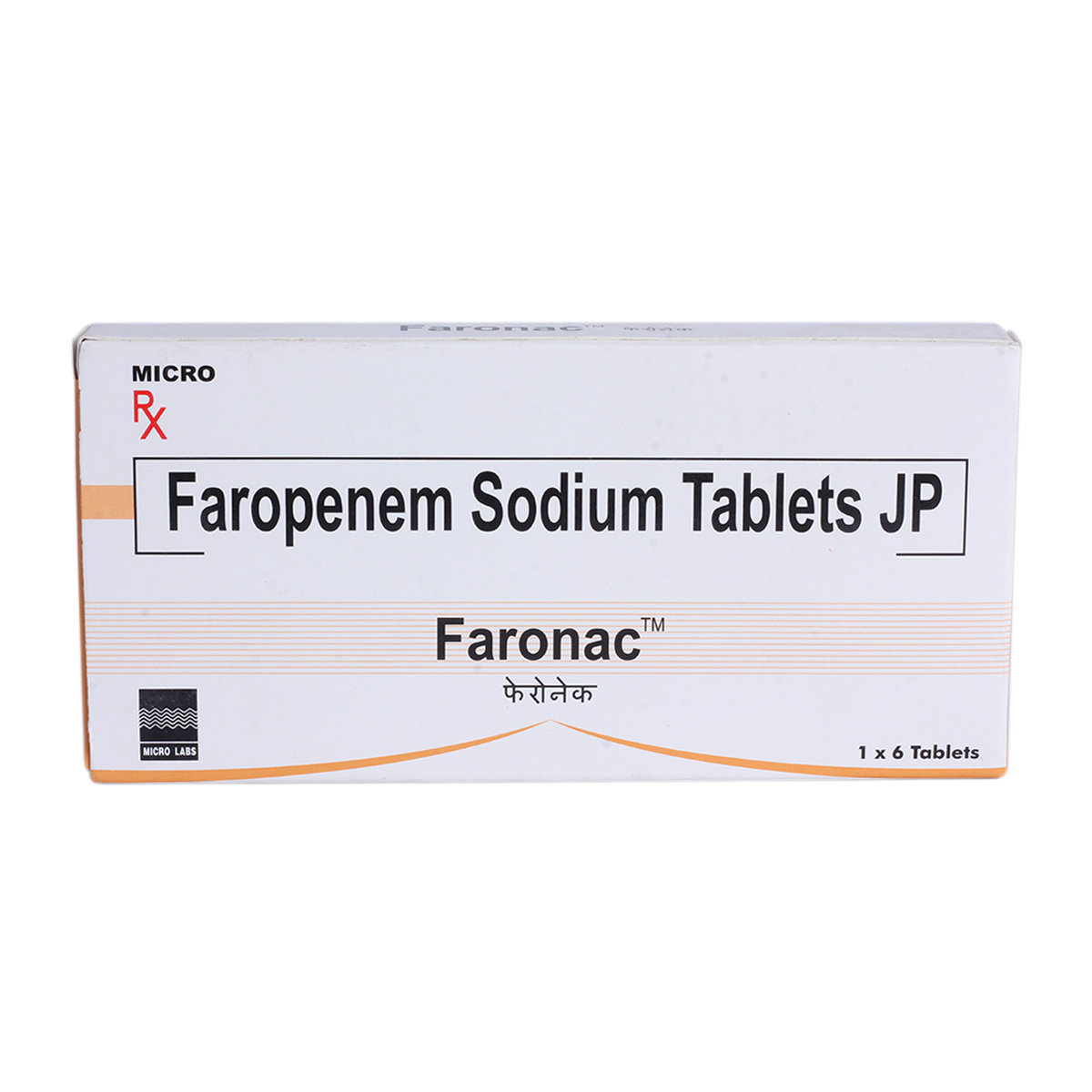
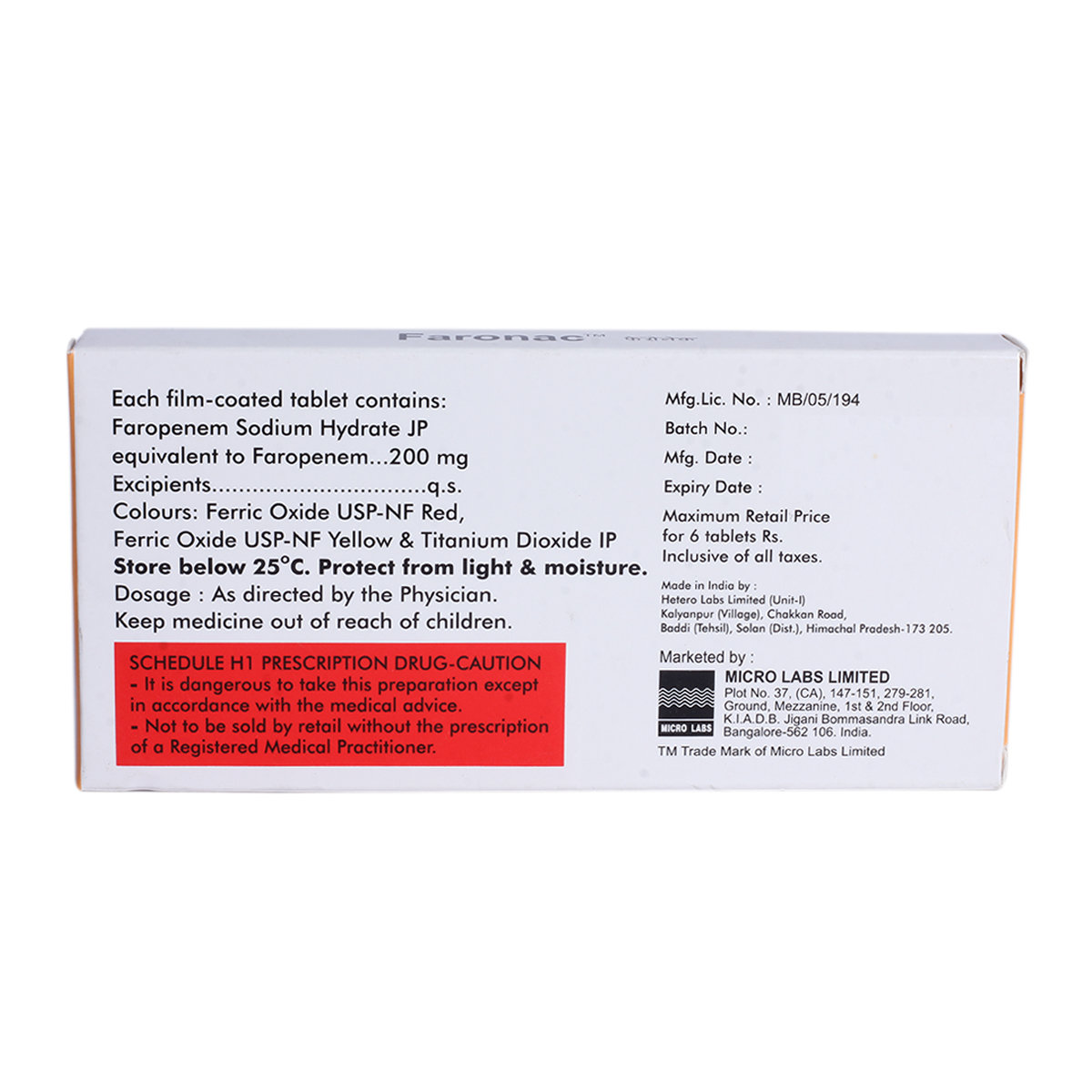
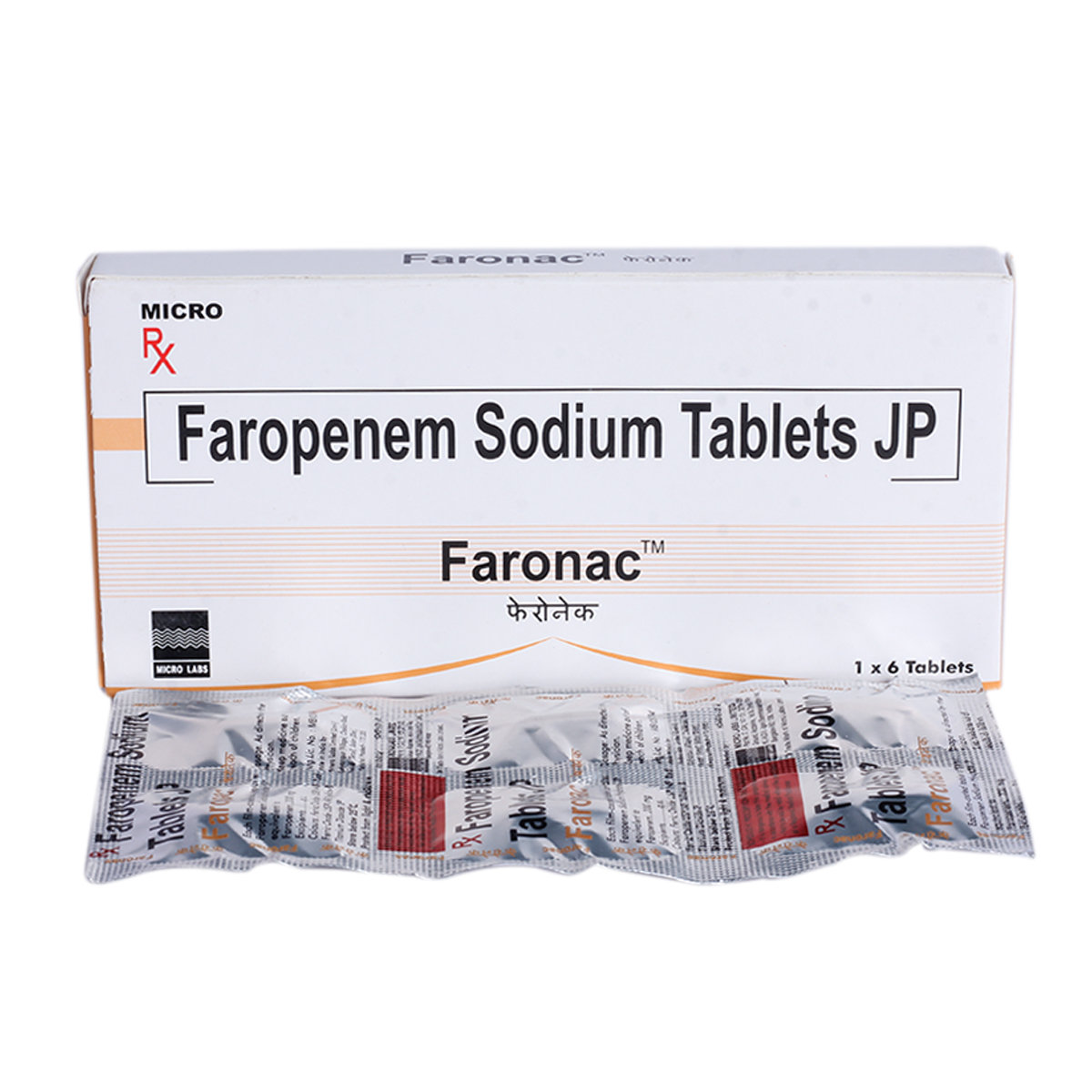
MRP ₹595
(Inclusive of all Taxes)
₹89.3 Cashback (15%)
know your delivery time
Provide Delivery Location
Composition :
Manufacturer/Marketer :
Consume Type :
Expires on or after :
Return Policy :

Secure Payment

Trusted by 8 Crore Indians

Genuine Products
Therapeutic Class
Country of origin
Manufacturer/Marketer address
Author Details
We provide you with authentic, trustworthy and relevant information
Disclaimer
Alcohol
Safe if prescribed
Interaction of alcohol with Faronac Tablet is unknown. Please consult a doctor before consuming alcohol while using Faronac Tablet.
Pregnancy
Consult your doctor
The safety of Faronac Tablet in pregnant women is unknown. Therefore, it is given to pregnant women only if doctor thinks benefits outweigh risks.
Breast Feeding
Consult your doctor
Faronac Tablet is excreted in human milk. Therefore, it is given to breastfeeding mothers only if doctor thinks benefits are greater than risks.
Driving
Safe if prescribed
The effect of Faronac Tablet on driving is unknown. So, drive only if you are alert after taking Faronac Tablet.
Liver
Consult your doctor
Take Faronac Tablet with caution, especially if you have a history of Liver diseases/conditions. The dose may be adjusted by your doctor as required.
Kidney
Consult your doctor
Take Faronac Tablet with caution, especially if you have a history of Kidney diseases/conditions. The dose may be adjusted by your doctor as required.
Children
Safe if prescribed
Faronac Tablet is not recommended for children as the safety and effectiveness were not established.
Product Substitutes
About Faronac Tablet
Faronac Tablet belongs to a class of drugs called beta-lactam antibiotics used in the treatment of several bacterial infections of the urinary tract, respiratory tract, skin, ears, nose, and gynecological infections. Bacterial infection is a condition in which harmful bacteria grow in the body and cause infection. It can infect any part of the body and multiply very quickly.
Faronac Tablet contains Faropenem, an antibiotic that kills bacteria (bactericidal) by inhibiting the formation of the bacterial cell wall (a protective covering) that is necessary for their survival.
Take Faronac Tablet as prescribed. Your doctor will advise you on how often you take your tablets based on your medical condition. In some cases, you may experience nausea, diarrhoea, stomach pain, and rash. Most of these side effects of Faronac Tablet do not require medical attention and gradually resolve over time. However, if the side effects persist or worsen, please consult your doctor.
If you are known to be allergic to Faronac Tablet or any other medicines, please tell your doctor. If you are pregnant or breastfeeding, please inform your doctor before taking Faronac Tablet. If you have kidney problems, a family history of atopy (tendency to develop allergic reactions), glucose-galactose malabsorption, Lapp lactase deficiency, or galactose intolerance, inform your doctor before taking Faronac Tablet. Faronac Tablet may cause vitamin K or vitamin B deficiency in some patients, especially in older people and in patients with poor oral intake. However, consult your doctor if you notice symptoms such as bleeding easily, loss of appetite, swelling of the tongue, or stomatitis (swelling and sores in the mouth).
Uses of Faronac Tablet
Medicinal Benefits Mweb
Key Benefits
Faronac Tablet is a broad-spectrum antibiotic that acts against both aerobic (grow in the presence of oxygen) and anaerobic (grow in the absence of oxygen) gram-negative and gram-positive bacteria. Faronac Tablet is used in the treatment of several bacterial infections of the urinary tract, respiratory tract, skin, ears, nose, and gynecological infections. Faronac Tablet inhibits the formation of the bacterial cell wall (a protective covering) that is necessary for their survival. Thereby, kills bacteria.
Directions for Use
Side Effects of Faronac Tablet
- Nausea
- Diarrhoea
- Stomach pain
- Rash
Drug Warnings
Regular monitoring of kidney and liver functioning is recommended while taking Faronac Tablet. If you are a breastfeeding or pregnant woman, please consult a doctor before taking Faronac Tablet. If you notice blood in stools or have severe stomach pain with diarrhoea, contact your doctor immediately. Faronac Tablet may cause vitamin K or vitamin B deficiency in some patients especially in elderly people and in patients with poor oral intake. However, consult your doctor if you notice symptoms such as bleeding easily, loss of appetite, swelling of the tongue, or stomatitis (swelling and sores in the mouth). If you have kidney problems, family history of atopy (tendency to develop allergic reactions), glucose-galactose malabsorption, Lapp lactase deficiency, or galactose intolerance, inform your doctor before taking Faronac Tablet.
Drug-Drug Interactions
Drug-Drug Interactions
Login/Sign Up
Drug-Food Interactions
Drug-Food Interactions
Login/Sign Up
Drug-Diseases Interactions
Drug-Diseases Interactions
Login/Sign Up
Drug-Drug Interactions Checker List
- FUROSEMIDE
- IMIPENEM+CILASTATIN
Habit Forming
Special Advise
If you are suffering from rare hereditary problems of Lapp lactase deficiency, galactose intolerance or glucose-galactose malabsorption, avoid taking Faronac Tablet as it contains lactose.
Diet & Lifestyle Advise
- Take probiotics after completing the full course of Faronac Tablet to restore some healthy bacteria in the intestines that may have been killed. Taking probiotics after antibiotic treatment can reduce the risk of antibiotic-associated diarrhoea. Certain fermented foods like cheese, yoghurt, kombucha, sauerkraut and kimchi can help to restore the good bacteria of intestine.
- Include fibre rich foods, as it can be easily digested by your gut bacteria, which helps stimulate their growth. Thus, fibre rich foods may help restore healthy gut bacteria after a course of antibiotics. Whole grains such as whole-grain bread, brown rice should be included in your diet.
- Make sure you drink plenty of water or other fluids every day while you are taking Faronac Tablet.
All Substitutes & Brand Comparisons
RX
Not for online saleFERONEX TABLET 10'S
Inex Medicaments Pvt Ltd
₹138
(₹12.42 per unit)
86% CHEAPERRX
Not for online saleRenepenem 200 Tablet 6's
Rene Lifescience
₹474
(₹71.1 per unit)
20% CHEAPERRX
Not for online saleF Nem 200 Tablet 6's
Nutraferon Pvt Ltd
₹506
(₹74.22 per unit)
16% CHEAPER

Have a query?
Buy best Infections & Infestation products by
Cipla Ltd
Macleods Pharmaceuticals Ltd
Alkem Laboratories Ltd
Lupin Ltd
Abbott India Ltd
Sun Pharmaceutical Industries Ltd
Mankind Pharma Pvt Ltd
Micro Labs Ltd
Aristo Pharmaceuticals Pvt Ltd
FDC Ltd
Intas Pharmaceuticals Ltd
Glenmark Pharmaceuticals Ltd
Ipca Laboratories Ltd
Torrent Pharmaceuticals Ltd
Zydus Healthcare Ltd
Biochem Pharmaceutical Industries Ltd
Zuventus Healthcare Ltd
United Biotech Pvt Ltd
Hetero Drugs Ltd
Emcure Pharmaceuticals Ltd
Alembic Pharmaceuticals Ltd
Indoco Remedies Ltd
Fusion Health Care Pvt Ltd
Dr Reddy's Laboratories Ltd
Leeford Healthcare Ltd
Cadila Healthcare Ltd
Wockhardt Ltd
Zydus Cadila
GlaxoSmithKline Pharmaceuticals Ltd
Morepen Laboratories Ltd
Blue Cross Laboratories Pvt Ltd
Cadila Pharmaceuticals Ltd
Converge Biotech Pvt Ltd
Elder Pharmaceuticals Ltd
Hetero Healthcare Pvt Ltd
Pfizer Ltd
AAA Pharma Trade Pvt Ltd
Gufic Bioscience Ltd
Mylan Pharmaceuticals Pvt Ltd
Corona Remedies Pvt Ltd
Wallace Pharmaceuticals Pvt Ltd
Apex Laboratories Pvt Ltd
Medishri Healthcare Pvt Ltd
Akumentis Healthcare Ltd
Alniche Life Sciences Pvt Ltd
Hegde & Hegde Pharmaceutica Llp
Veritaz Healthcare Ltd
Ranbaxy Laboratories Ltd
Koye Pharmaceuticals Pvt Ltd
Shreya Life Sciences Pvt Ltd
Overseas Health Care Pvt Ltd
Biocon Ltd
Indchemie Health Specialities Pvt Ltd
Medley Pharmaceuticals Ltd
Brinton Pharmaceuticals Ltd
J B Chemicals & Pharmaceuticals Ltd
Unifaith Biotech Pvt Ltd
Ajanta Pharma Ltd
Biochemix Health Care Pvt Ltd
Natco Pharma Ltd
Samarth Life Sciences Pvt Ltd
Unichem International
Laborate Pharmaceuticals India Ltd
Unipark Biotech Pvt Ltd
Zymes Bioscience Pvt Ltd
Indiabulls Pharmaceuticals Pvt Ltd
Neon Laboratories Ltd
Vasu Organics Pvt Ltd
DR Johns Lab Pharma Pvt Ltd
East West Pharma India Pvt Ltd
La Renon Healthcare Pvt Ltd
Medgen Drugs And Laboratories Pvt Ltd
Novartis India Ltd
Canixa Life Sciences Pvt Ltd
Icarus Health Care Pvt Ltd
Lincoln Pharmaceuticals Ltd
Celon Laboratories Pvt Ltd
Concept Pharmaceuticals Ltd
Klm Laboratories Pvt Ltd
Nicholas Piramal India Ltd
Systopic Laboratories Pvt Ltd
Yuventis Pharmaceuticals
Capital Pharma
German Remedies Ltd
Pristine Pearl Pharma Pvt Ltd
Unison Pharmaceuticals Pvt Ltd
Aurz Pharmaceutical Pvt Ltd
Clover Health Care Pharma
Kepler Healthcare Pvt Ltd
Allites Life Sciences Pvt Ltd
Auspharma Pvt Ltd
Intra Life Pvt Ltd
Jolly Healthcare
Linux Laboratories Pvt Ltd
Ozone Pharmaceuticals Ltd
Cachet Pharmaceuticals Pvt Ltd
Comed Chemicals Ltd
Delcure Life Sciences Ltd
Fresenius Kabi India Pvt Ltd
Khandelwal Laboratories Pvt Ltd
Customers Also Bought









